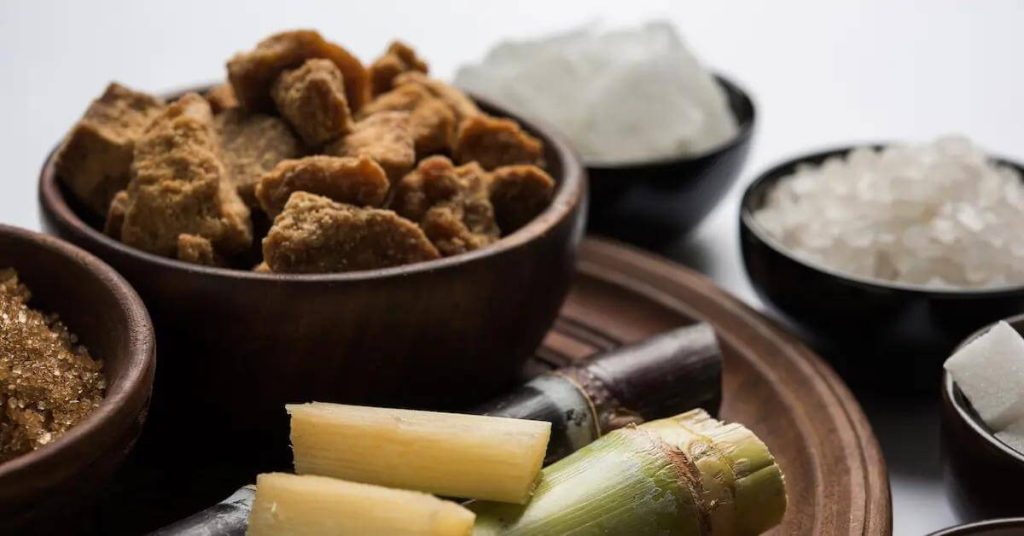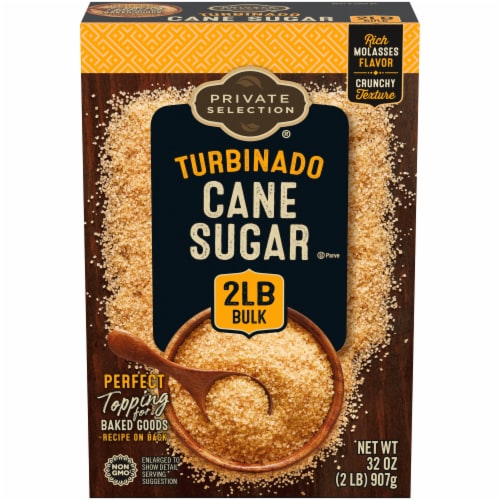Cane Sugar Processing: Innovative Techniques for Quality Production
Cane Sugar Processing: Innovative Techniques for Quality Production
Blog Article
An In-Depth Overview to the Environmental Influence and Sustainability Practices in Cane Sugar Processing
The ecological impact of cane sugar processing presents an intricate variety of difficulties that warrant mindful exam. From soil degradation and extreme water use to the carbon footprint connected with farming and manufacturing, the consequences of conventional techniques are significant. On the other hand, the adoption of cutting-edge sustainability actions uses a path toward more responsible production methods. Comprehending the interaction in between these problems is critical for stakeholders in the sector. What details practices can be implemented to strike an equilibrium between performance and environmental stewardship? The answers hinge on a more detailed check out both the difficulties and possible remedies.
Overview of Walking Stick Sugar Handling
Walking cane sugar processing includes a series of systematic steps that transform sugarcane right into polished sugar. Originally, collected sugarcane is transferred to processing centers, where it undergoes cleaning up to remove dirt and particles. Following this, the cane is squashed to draw out juice, which is then made clear by getting rid of impurities via home heating and the addition of lime.
The made clear juice undertakes evaporation, where water is eliminated to concentrate the sugar material. This concentrated syrup is then taken shape via air conditioning, permitting sugar crystals to create. These crystals are separated from the continuing to be syrup making use of centrifugation, causing raw sugar. To accomplish polished sugar, the raw product undertakes more filtration processes, which may include washing and filtering to get rid of remaining contaminations and shade.
The last product is then dried out and packaged for distribution. Throughout this whole process, maintaining efficiency and quality control is important to make certain the sugar meets industry criteria. Each action in walking stick sugar processing not just contributes to the last product however likewise has implications for resource use and waste generation, setting the stage for conversations on sustainability and environmental impacts connected with sugar production.
Ecological Difficulties of Manufacturing
The production of walking stick sugar offers a number of substantial ecological challenges that warrant attention. One primary problem is the extensive use of agrochemicals, including plant foods and chemicals, which can result in dirt degradation, biodiversity loss, and contamination of regional water resources. The overflow from sugarcane areas usually brings these chemicals right into nearby ecological communities, interfering with water life and impacting the health of neighborhoods reliant on these water bodies.
An additional obstacle is the high energy usage connected with sugarcane processing. The boiling and refining stages call for considerable heat, mostly generated by shedding nonrenewable fuel sources, adding to greenhouse gas emissions. Additionally, the expansive acreage needed for sugarcane farming can bring about deforestation and environment destruction, more worsening climate adjustment and threatening wild animals.
Moreover, the labor practices in some areas raise moral issues, as workers may face poor working conditions and poor wages. This situation commonly perpetuates a cycle of poverty in neighborhood areas. Cane Sugar Processing. Dealing with these ecological obstacles is crucial for developing a lot more lasting practices in walking stick sugar production, inevitably benefiting both the environment and the neighborhoods entailed in this industry
Water and Land Usage Effect
Water resources and land use are important elements in the walking stick sugar market that substantially affect the atmosphere. The cultivation of sugarcane requires considerable water input, with estimates recommending that it can consume as much as 2,000 litres of water per kg of sugar generated. This extensive usage of water frequently results in deficiency of local water sources, influencing not just the sugarcane haciendas however likewise surrounding communities and communities that count on the exact same water sources for farming and domestic usage.

Furthermore, go land usage for sugarcane growing can bring about deforestation and the conversion of all-natural environments right into monoculture haciendas. This method reduces biodiversity, interferes with regional ecosystems, and adds to soil destruction. The growth of sugarcane areas commonly intrudes on valuable farming land, developing competition for resources between food and biofuel production.
Sustainable methods, such as optimizing irrigation strategies and carrying out plant rotation, are vital to alleviate these impacts. By embracing extra effective water use and land management methods, the walking cane sugar market can decrease its eco-friendly impact, making sure an equilibrium between agricultural efficiency and ecological preservation.
Greenhouse Gas Emissions
Greenhouse gas exhausts stand for a considerable ecological problem within the walking stick sugar processing market, especially as agricultural techniques broaden to satisfy international demand. The farming of sugarcane, a plant that thrives in exotic environments, relies heavily on synthetic fertilizers and chemicals, which add to laughing gas exhausts. Additionally, land-use changes, including deforestation for new sugarcane ranches, release co2 saved in plant life and soil.
Throughout handling, power usage is one more major source of greenhouse gas discharges - Cane Sugar Processing. Numerous sugar mills make use of fossil fuels to power equipment and my sources produce warmth, leading to considerable carbon footprints. Moreover, the transport of raw sugarcane and completed items adds layers of discharges with fuel combustion in automobiles
This includes reviewing current farming techniques, processing techniques, and transport systems to identify areas for renovation and mitigation. Dealing with greenhouse gas exhausts is essential for promoting an extra sustainable walking stick sugar sector in a changing climate.

Lasting Practices and Innovations
Sustainable techniques and advancements are increasingly essential in the walking stick sugar processing market as stakeholders seek to lower environmental influences while preserving productivity. One substantial development is the execution of integrated plant administration, which maximizes resource usage by integrating dirt administration, parasite control, and crop turning techniques. This technique enhances return while minimizing chemical inputs and protecting dirt health and wellness.
In addition, the adoption of eco-friendly energy sources, such as biomass from sugarcane deposits, has gotten grip - Cane Sugar Processing. By converting waste items right into energy, processing centers can reduce their reliance on nonrenewable fuel sources, useful reference thereby reducing greenhouse gas exhausts
Water administration techniques have likewise seen renovations through the recycling and reusing of water in processing plants, substantially reducing freshwater usage. Technologies in technology, such as precision agriculture, allow farmers to monitor crop health and wellness and source usage much more successfully, making certain lasting cultivation practices.
Moreover, qualification programs like Fair Profession and Rain forest Alliance encourage environmentally accountable farming methods and advertise social equity within the supply chain. By embracing these sustainable practices and developments, the walking stick sugar handling market can boost its durability and contribute positively to environmental stewardship.
Final Thought
The environmental effect of walking stick sugar processing presents significant challenges, including dirt degradation, high water usage, and greenhouse gas emissions, along with ethical concerns connected to labor practices. Addressing these issues via lasting techniques, such as integrated crop management, eco-friendly power fostering, and water recycling, is crucial. By advertising socially fair and eco accountable methods in sugar production, the sector can alleviate its unfavorable effects, ensuring an extra sustainable future for both areas and environments included in this sector.
Walking cane sugar processing involves a collection of systematic actions that transform sugarcane into polished sugar. Each step in walking cane sugar processing not just contributes to the last item but additionally has ramifications for resource usage and waste generation, setting the phase for discussions on sustainability and environmental influences associated with sugar manufacturing.
Greenhouse gas discharges stand for a considerable environmental problem within the walking stick sugar handling market, particularly as farming methods increase to satisfy global need.Sustainable techniques and technologies are significantly crucial in the cane sugar handling industry as stakeholders look for to minimize environmental effects while maintaining productivity.The ecological impact of walking cane sugar processing offers substantial difficulties, including dirt deterioration, high water usage, and greenhouse gas emissions, together with ethical problems associated to labor practices.
Report this page